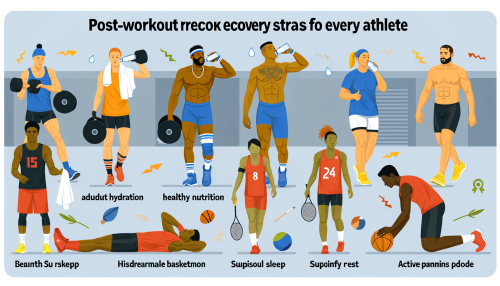Introduction
In the realm of physical fitness, the pursuit of strength and grace is a journey that transcends the confines of a gym. It is a quest that permeates every facet of our daily lives, shaping our movements, our posture, and our overall well-being. This article delves into the concept of functional fitness, a holistic approach to training that emphasizes the development of everyday strength and graceful movement.
Everyday Strength Training

Strength is not merely a measure of how much weight one can lift or how many push-ups one can perform. It is a multifaceted attribute that encompasses endurance, power, and resilience. Everyday strength training, therefore, is not confined to the gym; it is a lifestyle that incorporates physical activity into daily routines.
The cornerstone of everyday strength training is the integration of exercises that mimic natural movements. These exercises, often bodyweight-based, engage multiple muscle groups simultaneously, promoting overall strength and stability. For instance, squats and lunges mimic the act of sitting down and standing up, while push-ups and pull-ups replicate the motions of pushing and pulling.
Moreover, everyday strength training encourages the cultivation of functional strength. This form of strength is not about achieving a certain aesthetic or lifting a specific amount of weight. Instead, it focuses on enhancing the body’s ability to perform daily tasks with ease and efficiency.
Functional Fitness Techniques
Functional fitness techniques are exercises designed to improve the body’s ability to perform daily activities. These techniques often involve compound movements that engage multiple muscle groups and joints, thereby enhancing overall strength and flexibility.
One popular functional fitness technique is the kettlebell swing. This exercise engages the core, glutes, hamstrings, and shoulders, mimicking the motion of lifting a heavy object from the ground. Another technique is the farmer’s walk, which involves carrying heavy weights in each hand while maintaining an upright posture. This exercise strengthens the grip, arms, shoulders, and core, replicating the act of carrying groceries or luggage.
Functional fitness techniques also include exercises that improve balance and coordination, such as yoga and Pilates. These exercises enhance body awareness, promote flexibility, and strengthen the core, contributing to graceful movement and improved posture.
Achieving Graceful Movement
Graceful movement is the embodiment of strength, balance, and coordination. It is the ability to move with ease, fluidity, and control, whether performing a complex dance routine or simply walking down the street. Achieving graceful movement involves cultivating body awareness, flexibility, and core strength.
Body awareness, or proprioception, is the understanding of where one’s body is in space. It is a crucial component of graceful movement, as it allows for precise control over one’s movements. Exercises that enhance body awareness include yoga, Pilates, and martial arts.
Flexibility, on the other hand, allows for a greater range of motion, contributing to fluid and effortless movement. Stretching exercises, yoga, and Pilates are excellent ways to improve flexibility.
Lastly, a strong core is the foundation of graceful movement. The core muscles stabilize the spine, maintain posture, and facilitate movement. Core-strengthening exercises, such as planks and bridges, are essential for achieving graceful movement.
Conclusion
Functional fitness is a holistic approach to physical training that emphasizes the development of everyday strength and graceful movement. By incorporating functional fitness techniques into daily routines, one can enhance their ability to perform daily tasks with ease and efficiency, move with grace and fluidity, and improve their overall well-being.





